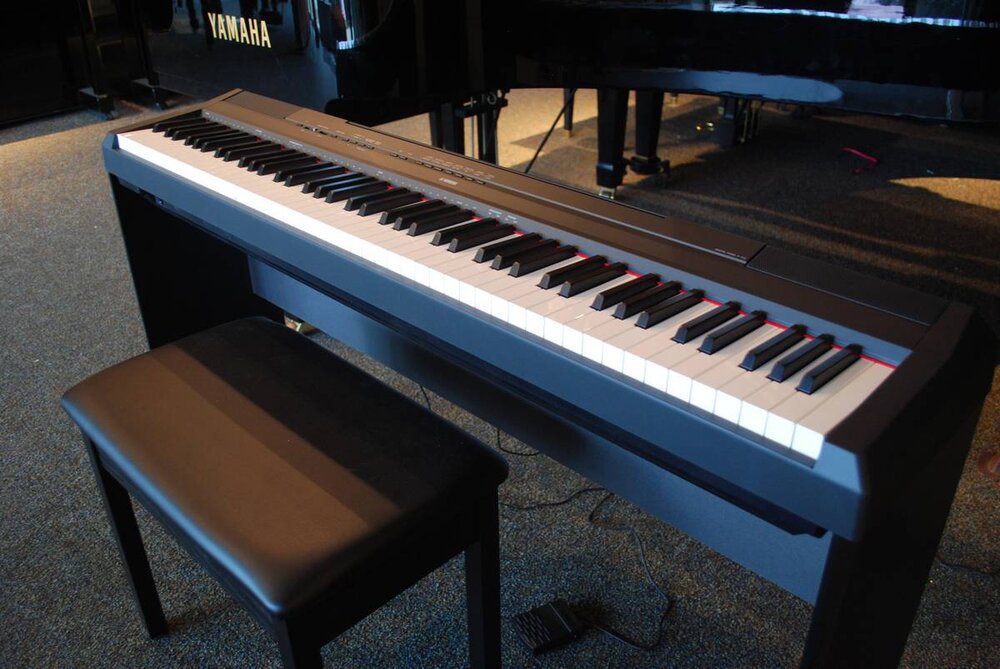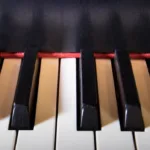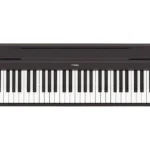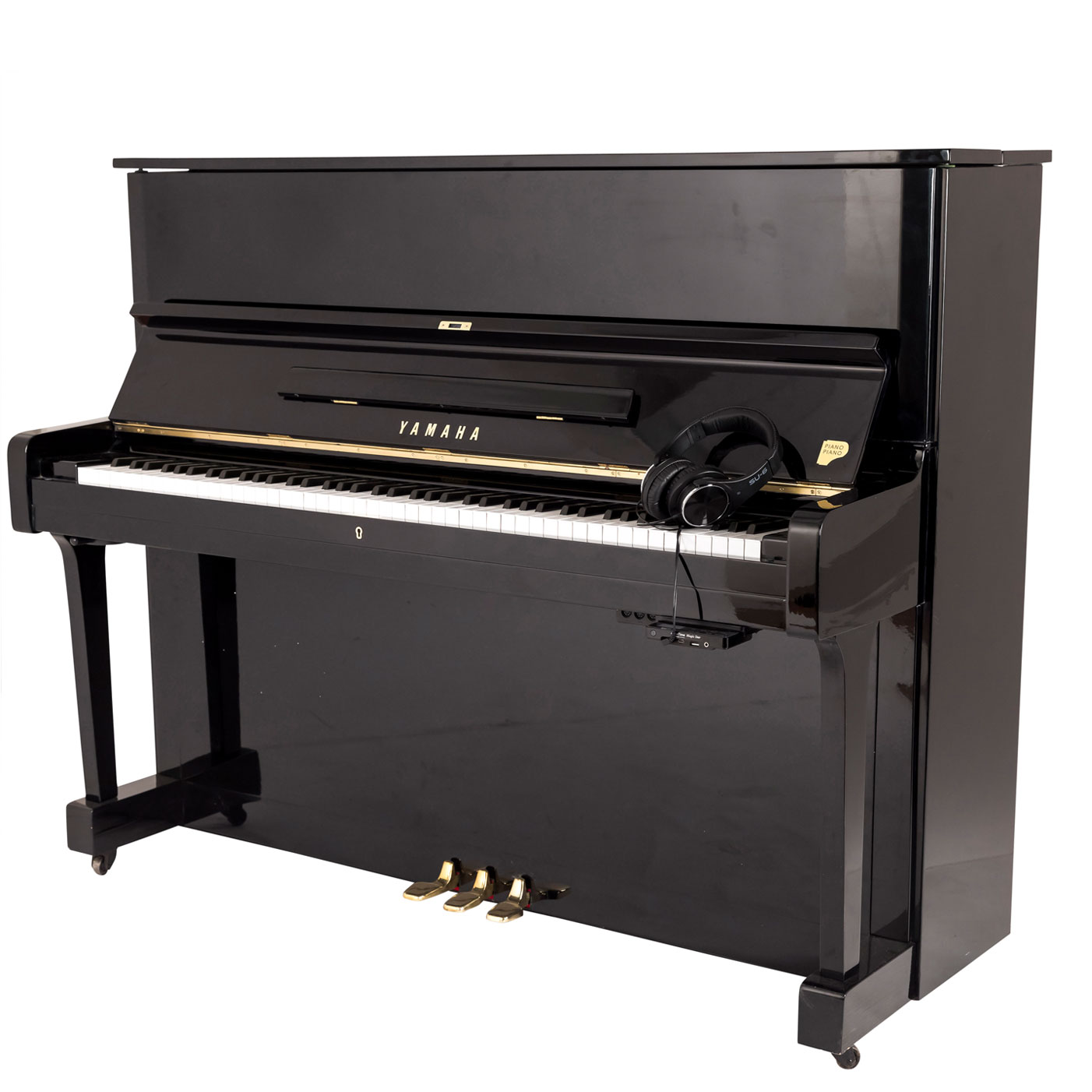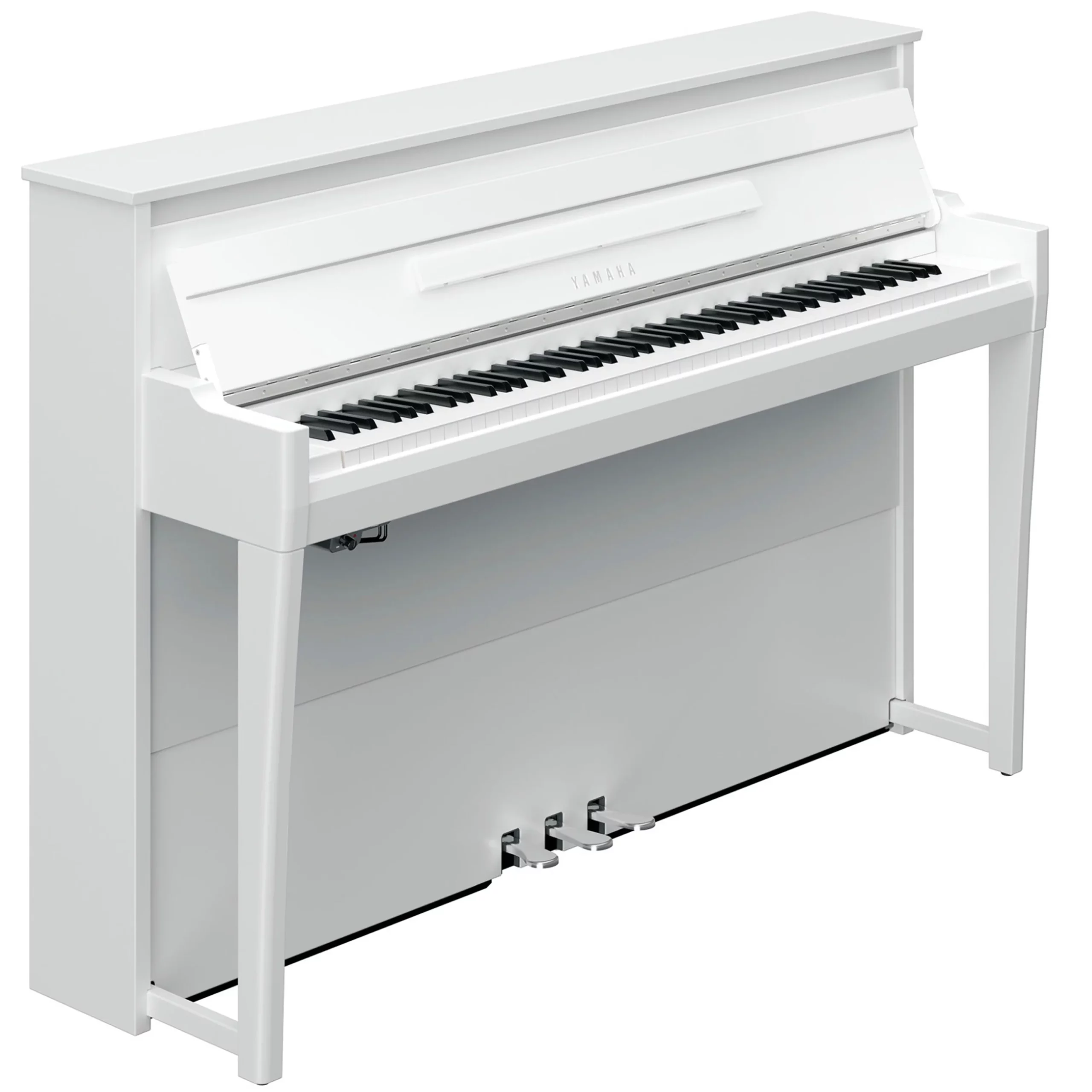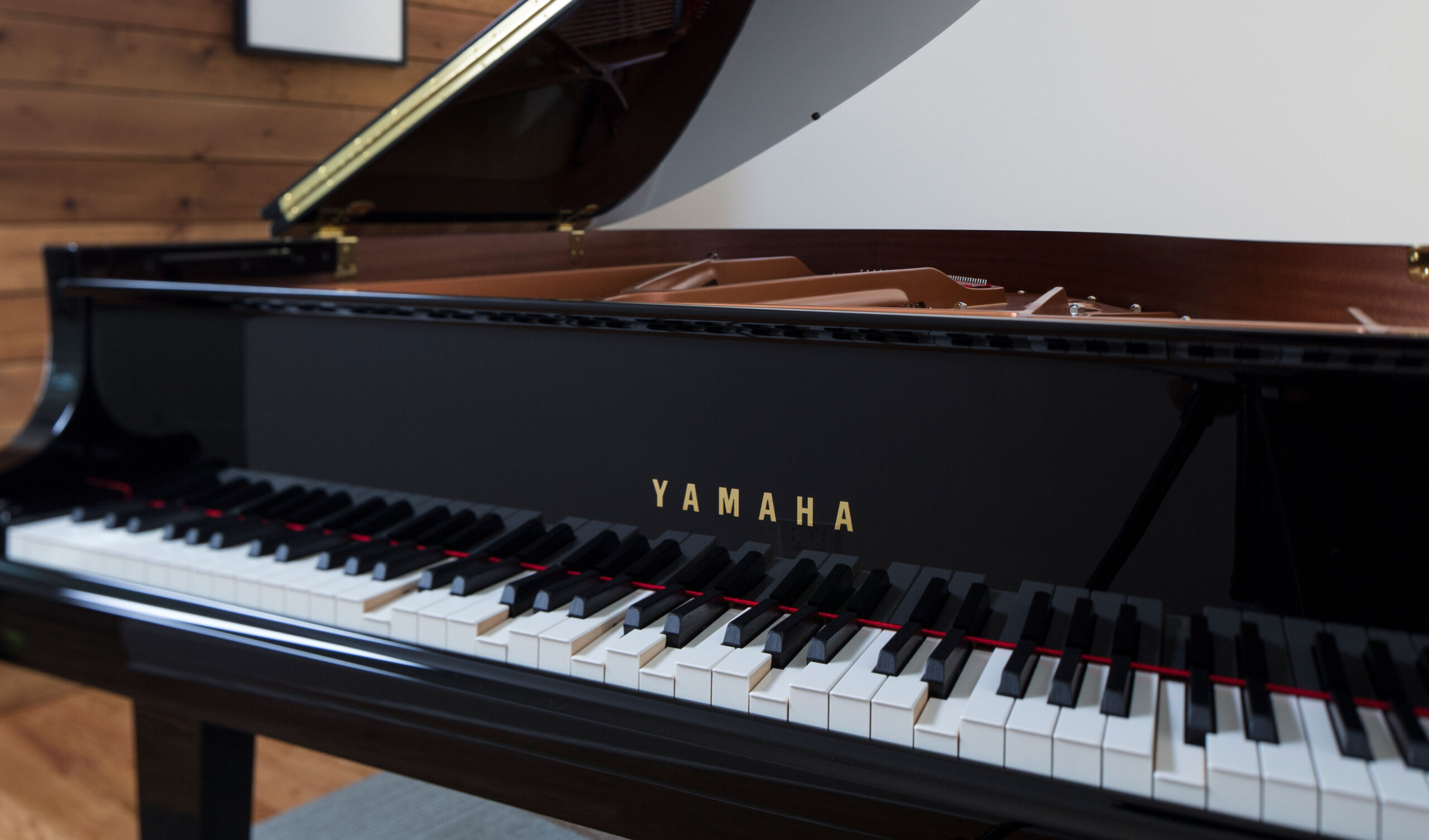Are you just starting to learn how to play the piano and feeling a bit overwhelmed by all the pedals at your feet? You’re not alone! As a beginner, it can be confusing trying to figure out what each pedal does and when to use them. But don’t worry, I’ve been there too! And today, I’m here to guide you through everything you need to know about the pedals on a piano.
In this article, we’ll break down the purpose of each pedal and how they affect the sound produced by the instrument. We’ll also cover some helpful tips for using the pedals correctly in your playing. So, whether you’re practicing on an acoustic or digital piano, this guide will give you a better understanding of how these pedals work and enhance your performance. Let’s get started!
So, what do the pedals on a piano do?
The pedals on a piano are an essential part of the instrument that add depth and character to the sound produced. They allow for greater control and expression while playing, making them a crucial component for any pianist, beginner or advanced.
There are usually three pedals on a piano: the sustain pedal, the soft pedal, and the sostenuto pedal. Each one serves a specific purpose and understanding their functions can greatly enhance your playing experience.
The sustain pedal is located on the right side of the piano and is often referred to as “the loud pedal.” When pressed down with your foot, it lifts all dampers off the strings allowing them to vibrate freely. This creates a sustained sound that adds richness and fullness to your playing. It is commonly used in longer notes or chords to create a smooth transition between them.
The soft pedal, also known as “una corda,” is located on the left side of the piano. When pressed down, it shifts all hammers slightly so they only strike one string instead of two or three. This results in a softer and more muted tone which can be useful when playing quieter passages or creating contrast within a piece.
Lastly, there’s the sostenuto pedal which is found in grand pianos but not always present in upright ones. It works similarly to the sustain pedal but only affects selected notes rather than all strings at once. This allows for certain notes to be held while others are played without sustaining them simultaneously.
Overall, understanding how these pedals work can greatly enhance your playing by giving you more control over dynamics (volume) and expression (emotional impact). As you progress as a pianist, experimenting with different combinations of these pedals will open up new possibilities for interpretation and creativity in your music-making journey.
Understanding the Right Pedal: The Damper Pedal
The center of any piano’s soulful melody is not just its keys, but also includes something a bit more subtle – the pedals. Under your feet are three, each with different roles to play. As we delve deeper into this discussion, it is important that we focus our attention on the rightmost pedal—the Damper Pedal. It’s also known as ‘the sustaining pedal’, and rightly so! When used correctly, it has an uncanny ability to transform simple notes into flowing symphonies.
This magical contraption works by lifting all dampers off the strings when you press down on it. This removes their damping effect and allows the strings to vibrate freely for longer periods. Think about a time when you strummed a guitar string; you notice how the sound gradually fades away? That’s because air friction slows down vibration over time. But if nothing was there to stop that vibration immediately – like these damper heads – that beautiful resonance could linger for much longer! Here are some ways in which using this pedal can enhance your music:
- Mimic legato: By holding down keys with one hand and pressing/release the pedal simultaneously with another hand greatly smoothes transitions between notes.
- Increase volume: Because all strings are free to vibrate, even without striking them directly they will resonate sympathetically increasing overall loudness.
- Add richness: This sympathetic resonance creates harmonics which adds depth & complexity making simple melodies sound fuller.
But remember—like anything powerful—it must be wielded wisely or else risk overwhelming your audience with too much sound. Whether novice or virtuoso pianist alike—masters agree—a well-utilized damper pedal is truly a medley’s best friend.
Learning to Use the Middle Pedal: The Sostenuto
If you’ve ever laid your eyes upon a piano, you might have noticed it has three pedals. The one to the right is called the sustain pedal, and on the left, we find the soft pedal. But what about our friend in the middle? That’s known as the sostenuto pedal. Despite its somewhat mysterious reputation among beginner pianists, learning how to use this middle pedal can add depth and nuance to your musical expression that will surely impress any listener.
The word ‘sostenuto’ comes from Italian, meaning ‘to sustain’. However, don’t get confused! It’s not exactly like its sibling on the right side. Instead of sustaining all notes played while it’s pressed down (like with our dear sustain pedal), this clever device sustains only certain notes selectively.
Let’s say for example:
- You press a key without releasing it.
- Then step on the sostenuto pedal.
- The magic happens: Even after lifting your finger off that key; its sound keeps resonating!
This special power allows for an array of creative possibilities: You could hold a bass note or chord while playing other unsustained melodies above. Or perhaps create ethereal echoes by alternating which keys are sustained throughout a piece. Allowing oneself time and patience when exploring this technique is crucial – remember always to engage with playful curiosity as you dive into these new depths of musical exploration.
Read also: how many keys on a grand piano
Mastering the Soft or Una Corda Pedal on the Left
The art of playing the piano isn’t constrained merely around the black and white keys. There’s a world of subtlety to be explored with pedals, especially one that is often overlooked: the soft or Una Corda Pedal. Situated on the far left among its companions, this pedal is your key to nuanced expressions. It’s like a pianist’s secret magic trick; when applied skillfully, it can transform an ordinary piece into something utterly mesmerizing by introducing softer, soothing tones.
Engaging with the Una Corda Pedal could feel unfamiliar initially. The steps might appear simple – you press down gently and voila! The volume dips momentarily. But mastery lies in timing and intensity. Imagine it as conducting a quiet conversation amidst an orchestra performance – too gentle and you are unheard; too forceful and you disrupt harmony.
- Key tip: Start small.
- Become familiar with adjusting pressure.
This pedal affects individual notes as well as chords in unique ways, so practice both independently for better control over dynamic levels.
When used harmoniously with other elements like tempo, rhythm etc., it enables the creation of truly versatile compositions – sometimes delicate whispers floating across concert halls while at other times profound echoes resonating within the listener’s heart. Remember this elegant tool demands respect but rewards generously in return.
The Role of Piano Pedals in Creating Musical Effects
The beauty of piano music isn’t just about the melody produced by striking its keys. A significant element that often goes unnoticed is the function of piano pedals. It’s like a secret ingredient, enhancing every note and making each piece sound more full-bodied and luscious. When you press down on one of these magical devices with your foot, it alters how the strings inside resonate, affecting not only volume but also tone.
There are typically three types of pedals found on pianos:
- The damper pedal (on the right) sustains notes after they’re played and released.
- The sostenuto pedal (in the middle) holds certain notes while letting others decay naturally – a bit like holding your breath amidst a flurry of conversation.
- The una corda pedal (on the left), also known as soft pedal, changes the timbre or color of sound by making it softer and more muted.
Let’s consider one scenario: when playing an emotional song filled with longing or sorrow. With effective use of pedals, especially the damper, each note can be stretched out to linger in our ears longer than usual before fading away gradually – much like how feelings often dwell within us even after experiences pass. This brings out a deeper dimension in music that would otherwise remain unexpressed without pedaling techniques.
In essence, piano pedals serve as valuable tools for musicians, enabling them to convey feelings more vividly through dynamic shifts in sound intensity and duration. Like unsung heroes behind every epic concert performance or heart-stirring composition at home; they truly add another layer to our appreciation for this captivating instrument.
You may also like: yamaha musical instruments
Common Mistakes Beginners Make with Piano Pedals
When you’re just starting out with the piano, it’s easy to get your wires crossed. One of the most mystifying aspects for beginners is mastering the pedals. Imagine yourself seated at that grand ole instrument, fingers poised over the keys and feet tucked under those tempting shiny buttons beneath. Without proper guidance, however, you might end up falling prey to common pedal mistakes.
The first common error is over-pedaling. It’s like putting too much sugar in a cup of tea – sweet at first but overwhelmingly cloying soon after! Over-pedaling can turn your beautiful melodies into an indistinguishable blur of sounds. Instead of relying heavily on the sustain pedal right from the start:
- Try practicing without any pedaling initially,
- Spend time getting acquainted with each note’s natural duration,
- Add subtle pedal use only when required.
Another usual blunder made by beginner pianists is treating all three pedals as one and using them interchangeably. Remember that each pedal has its unique function:
- The soft (or una corda) pedal makes your notes softer,
- The sostenuto holds certain notes while allowing others to be played normally,
- The damper (or sustain) pedal lets notes resonate even after being released.
Understanding these functions will greatly improve your ability to add depth and variation to your pieces. So remember this friendly advice before letting those toes loose again!
Conclusion: Enhancing Your Performance through Proper Use of Piano Pedals
Utilizing your piano pedals with precision and purpose isn’t just an added skill; it’s a game-changer for any pianist, novice or advanced. Believe it or not, these seemingly innocuous foot levers can be compared to the secret spices used by gourmet chefs – they unlock a world of sonic flavors that make every composition more enchanting. The sustain pedal helps notes linger lovingly in the air while damper and soft pedals subtly adjust tone quality and volume respectively.
The true art of pedal use lies in knowing when to deploy them. It’s all about sensitivity to the music you’re playing — an intuitive dance between your fingers on the keys and feet on the pedals. Imagine how much richer Debussy’s ‘Clair de Lune’ sounds when sustained notes intermingle, weaving a sultry tapestry of sound! Or consider Beethoven’s ‘Moonlight Sonata,’ where subtle pedal shifts can transform harsh tones into whisper-soft echoes.
- Sustain Pedal: Hold this down to allow all notes played during its engagement to continue resonating.
- Damper Pedal: This lifts all dampers off strings permitting them to vibrate freely even after releasing associated keys.
- Soft Pedal (or una corda): When pressed, only two out of three strings are struck by hammers reducing volume & altering tonality.
Yes indeed, proper use of piano pedals can enhance your musical prowess exponentially whether you’re performing Chopin’s nocturnes or composing original pieces.

